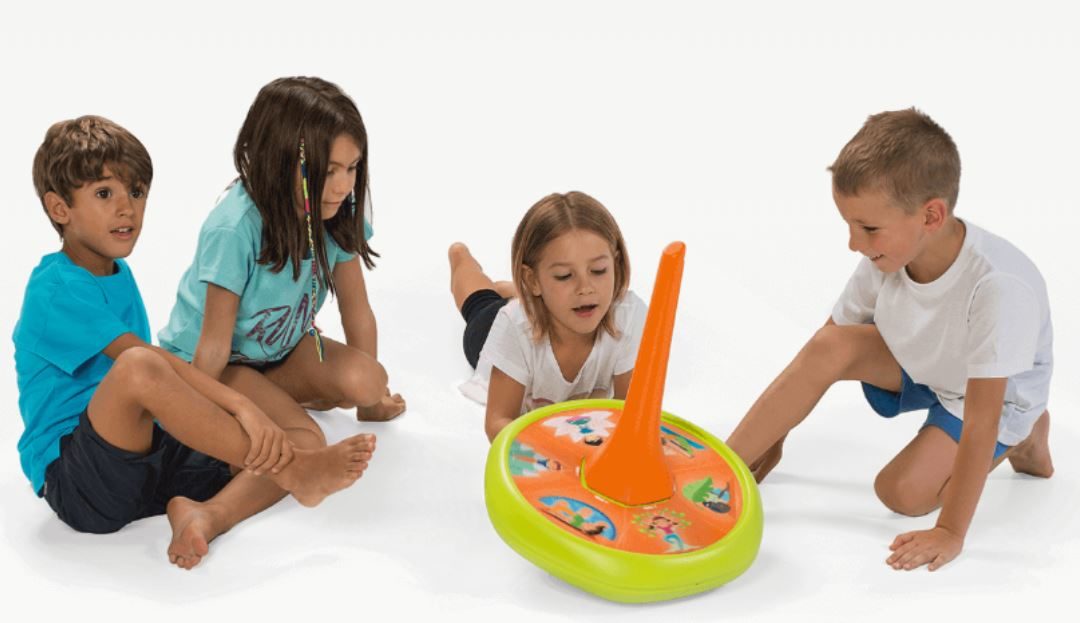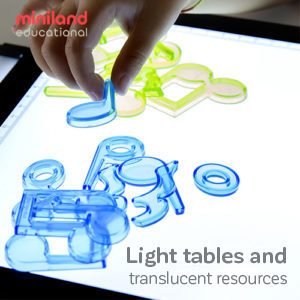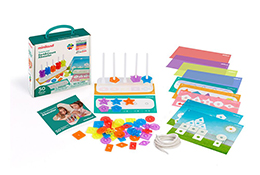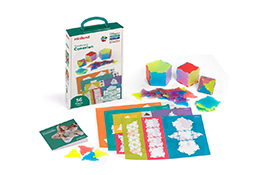Children are born wanting to learn about the world around them, but the circumstances of their birth and upbringing often mean that they may end up acting out in class. In this way, you often necessarily take on the roles traditionally performed by parents and extended families — basic socialization.
Luckily, mindfulness practices are a system of exercises that have become easily available as a tool to grow emotional intelligence and behavioral self-regulation in the classroom. It’s not a quick fix, but it’s a sustainable and enduring one. According to the American Psychological Association, practicing this state of focused, non-judgmental awareness daily — even as part of the otherwise usual classroom routine — has a number of benefits that are intrinsically useful to the business of teaching and learning. These include:
- Increased mental flexibility
Regular mindfulness practice appears to improve your mental flexibility. In shorthand, it makes you more intelligent, because you remain open-minded and in a state of focused attention that takes note of more things without reacting judgmentally to them.

- Improved attention span
One Mindful Schools study found that children showed a significant increase in their ability to focus after just 4-hours of mindfulness instruction. The upshot of an improved attention span is a better learning retention rate: your children will remember more of what you teach them because they can focus more clearly when you do.
- Better self-control
The ability to invoke mindfulness in any situation means that you immediately become aware of yourself in context. You’re one step removed from any emotion flowing through your body, speech, and mind. Far from being an unhealthy way of “sweeping things under the carpet”, a mindful approach to the human experience makes normal waves of emotional reactions manageable. It turns us from reactors into actors, with the ability to move through any situation from a centered place, in touch with who we truly are.
People engaging regularly in mindfulness practice have also overwhelmingly reported a growing sense of empathy and compassion, an increased sense of general well-being and decreased general levels of stress and anxiety.

These benefits are capable of transforming the experience of any child in a positive way but can be something of a lifeline for those existing on the social and academic fringes. Children with ADHD, anxiety, and trauma may especially find a well-established ability to be mindful helps keep their barriers to learning and social integration in check.
As a teacher new to mindfulness practice, what tools can help you?
Luckily, educational toys for children exist specifically to make holding mindfulness training in your classroom near-effortless. Activity packs like Miniland’s Mindful Kids also ensure you don’t offer skills training at the expense of covering your curriculum content.
For instance, this learning aid helps you facilitate 36 activities designed to grow mindfulness while offering you the flexibility to build it into your Nature Studies and Physical Education curricula. The PlayMiniland platform also helps you extend each of these activities into digital learning experiences. The possibilities are as endless as your ability to imagine them.
View the Miniland catalog to find out more and start reaping the benefits of mindfulness in your classroom today.




